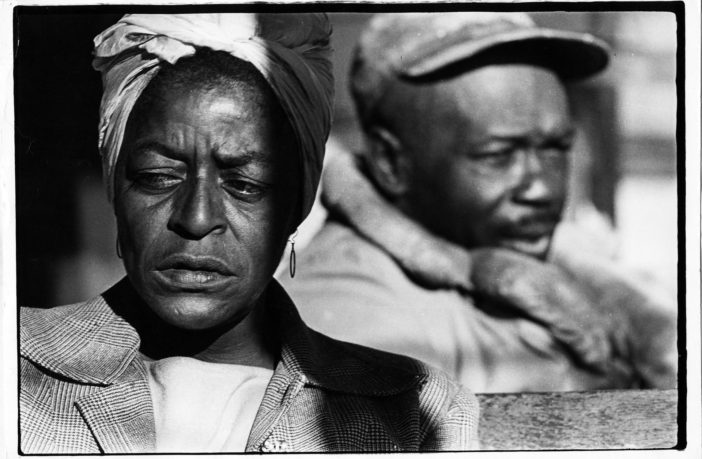When you are centered in your purpose and unafraid to follow your dreams, the limits to what you can achieve are boundless. At the age of 19, Anthony Barboza left his home in New Bedford, Massachusetts, knowing that he would become a photographer. What he did not know however was that he would go on to capture many of the most intriguing and landmark images in American history.
Through his work, he canonized Black American figures to be remembered for all eternity in stunning images that translated their true essence into a photo across the mediums of fashion, jazz, street photography and portraiture.
After serving in the Navy where he worked with his station’s newspaper, Barboza went on to open a small studio on West 23rd Street in New York City that would be the gateway for many collaborative photographic projects he would work on. Those captured included James Baldwin, Beverly Johnson, Amiri Baraka, Miles Davis and many more. It was there that he even gave the legendary Grace Jones her first job.
If you ask the legendary photographer what inspires his work, he’ll say that he goes into a trance—”eye dreaming” to be exact— where he gets into a mode of deep, almost spiritual inspiration that pushes him to get the perfect shot each and every time. Now, he continues to draw influence from the Black community but his biggest muse of all is his family—his wife Laura Carrington and children Danica, Alexio, Lien, Leticia and Laryssa who have all achieved magnificent acclaim in their own right.
As further evidence of his impact on the world, he has been a mentor to EBONY’s own Keith Major, who joins him in a riveting conversation about the art form and his legacy. We also spoke with Anthony Barboza about his work over time and how eye dreaming came to be.
EBONY: How did you develop the term “eye dreaming?”
Anthony Barboza: When I pick up the camera, this thing happens. When I first started, I noticed that I would get into a trance. The only thing I can see and talk to and about is the subject. That’s it. It’s almost like a dream. I learned that I could transfer this state of mind to the street as well. That’s how I’m able to execute certain things when I photograph. I don’t know why or how it happens this way.



